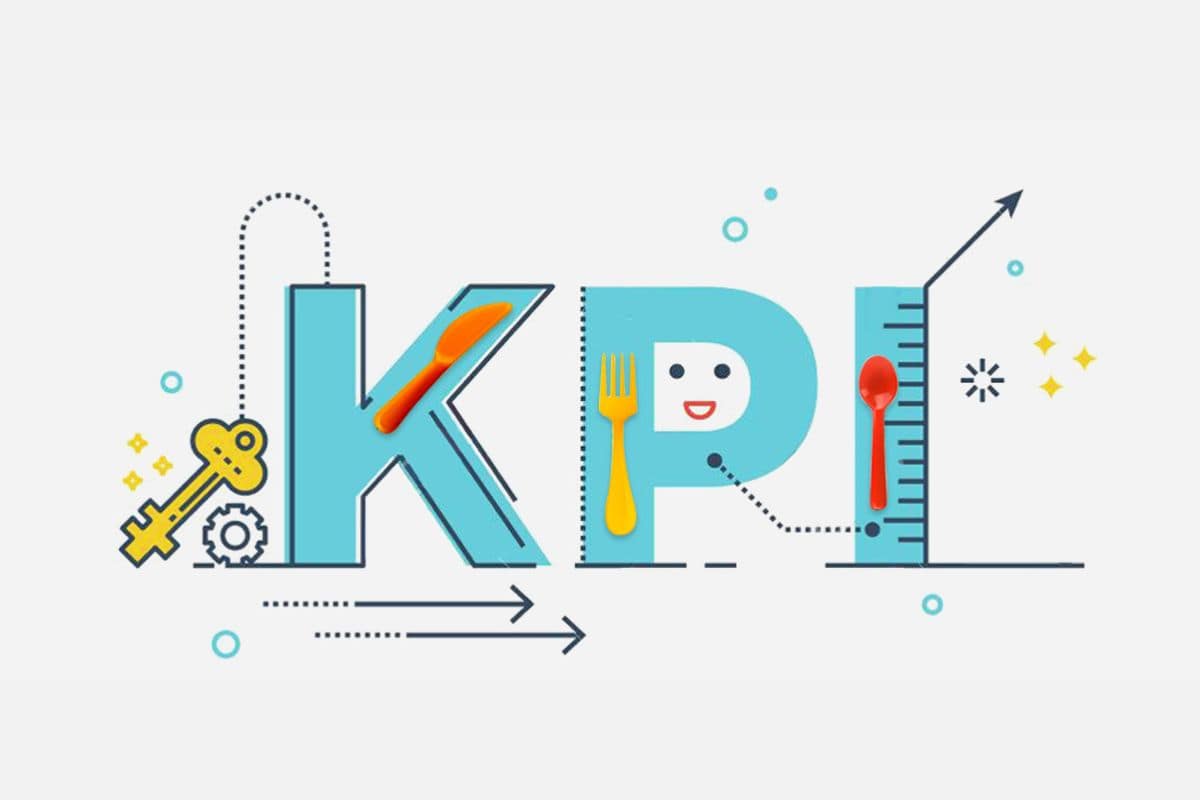If you are looking to increase your restaurant’s profitability and operational efficiency, there are certain metrics or key performance indicators (KPIs) that you can and should be tracking and evaluating regularly. By keeping tabs on financial performance metrics via a weekly dashboard, negative trends can be identified and counteracted. KPIs measure various costs and revenue streams that influence net profit or loss, and assist you in identifying areas that need to be improved, ultimately building on the health of your business.
Creating a dashboard spreadsheet and updating it with weekly earnings means that you’ll always have up-to-date figures on hand that you can review and compare to industry trends. This way you’ll be able to measure, evaluate and adjust your operations where necessary, and evaluate how effectively you’re operating.
In order to get the most out of KPIs, these should always be:
Applicable
Generated and measured with actual data
Properly defined
Communicated clearly
Monitored regularly
Let’s take a look at a few important metrics that Restaurant Owners in Dubai should be keeping an eye on:
1- Break Even Point
This figure shows how much you need to make in sales in order to earn back your investment and how long it will take to pay for itself. It’s a crucial one to have if you’re pitching to investors, applying for a bank loan or looking to justify an upgrade, new equipment purchase or marketing campaign. The equation for break even point is:
Total Fixed Costs ÷ ( (Total Sales – Total Variable Costs) / Total Sales) = Break Even Point
2- Menu Item Profitability
The difference between the cost of creating a specific menu item and the selling price of that item. This is calculated by dividing the costs of the item by sales for a set period of time, and should be between 28 – 35%, depending on the type of restaurant you have. Understanding your food cost per menu item allows you to up-sell and promote the items that contribute the most to your revenue.
3- Cost of Goods Sold (Cogs)
The cost required to create each menu or beverage item.Calculate COGS by recording inventory levels at the beginning and end of a given period, plus any additional inventory purchases. The equation for COGS is:
Beginning Inventory + Purchased Inventory – Final Inventory = COGS
As this is usually one of a restaurants largest expenses, it is a crucial one to monitor. Identify ways to reduce this cost by negotiating with suppliers, using in-season ingredients and minimising waste and you’ll soon find that you’re increasing your profit margins.
4- Prime Cost
This is made up of the sum of all your labour costs, including salaried labour, hourly wages, payroll tax and benefits as well as your COGS. Prime cost is considered the number one metric to track as it represents the bulk of a restaurant’s controllable expenses, and usually makes up 60 to 65% of total sales.Tracking your prime cost on a weekly basis is a must if you’re serious about increasing your bottom line.
5- Sales per Square Foot
This is often one of the most reliable indicators of a restaurant’s profitability and should be between 5 and 10% for a restaurant to be profitable. Calculate by dividing annual sales by total interior square footage, equal to the net rentable leased space.
There are an unlimited number of KPIs you can track and manage, such that it can be difficult to decide which ones to focus on. Whichever metrics you decide to track, updating your weekly dashboard will bring together key facts and figures in a usable and concise way and alert you of opportunities, successes and failures.
If you’re not yet tracking your restaurant’s key metrics, valuable financial information and profits could be slipping through your fingers.
Book a discussion session with Xcel accounting and we’ll help you take the reins on your restaurant’s financial strategy.


